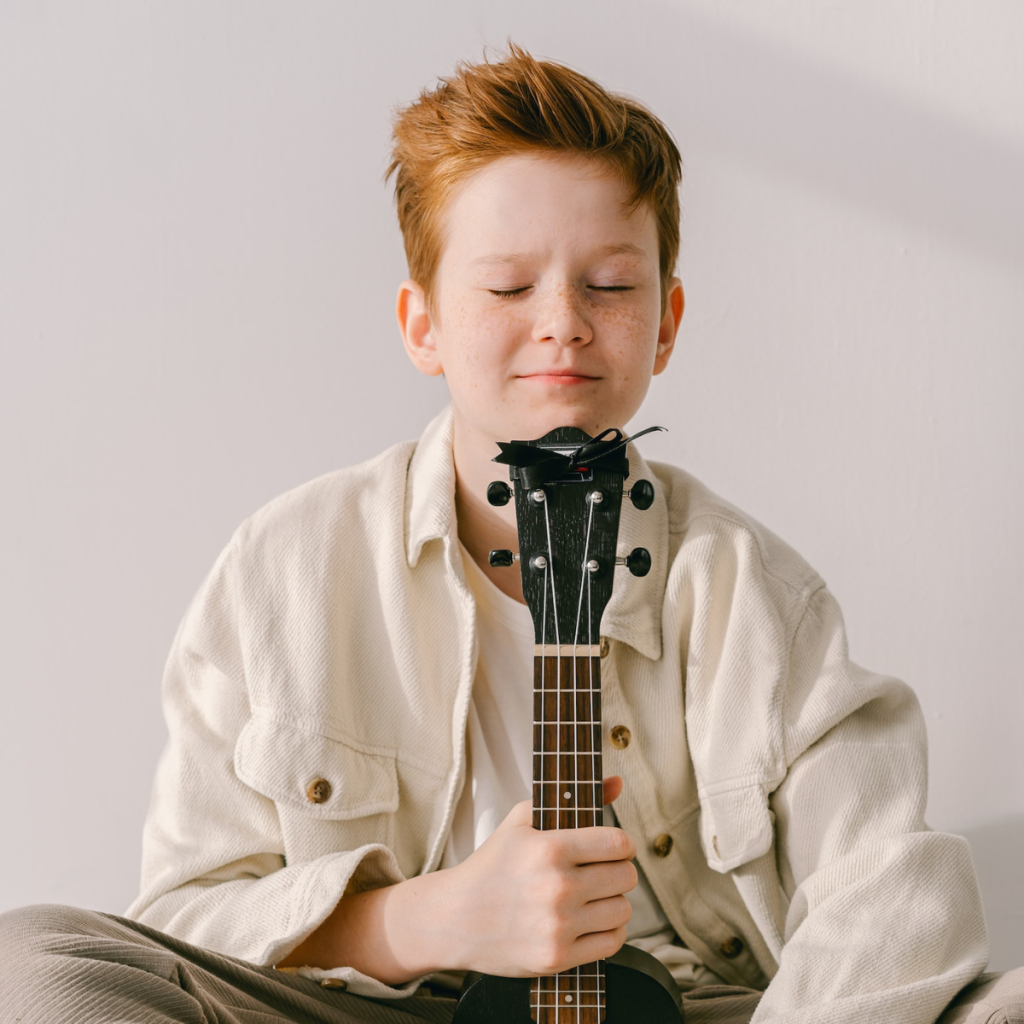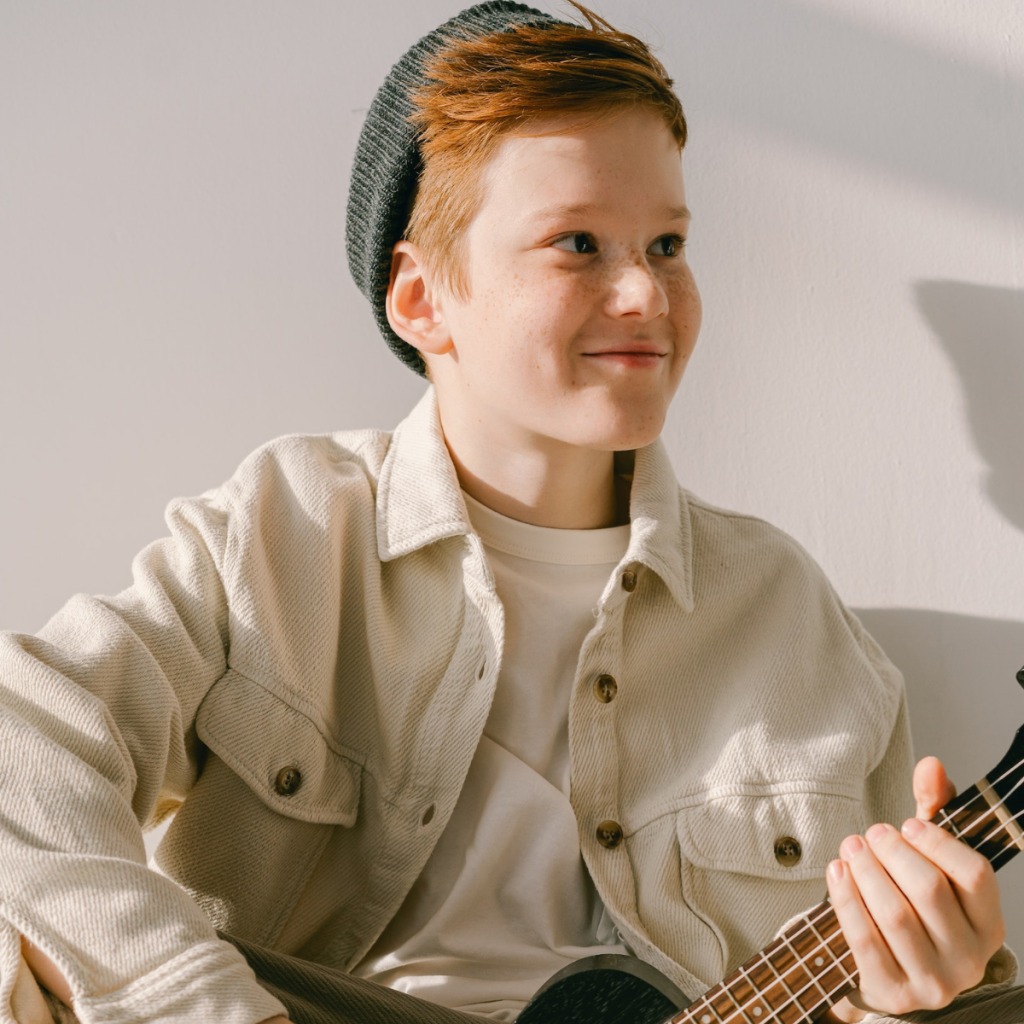Discover the essential steps to effectively teach an instrument to 11-12 year olds with this comprehensive step-by-step guide.
Teaching an Instrument to 11-12 Year Olds: A Step-by-Step Guide
Teaching an instrument to 11-12 year olds can be a fun and rewarding experience. This article will provide you with a step-by-step guide on how to effectively teach an instrument to this age group. From understanding their learning capabilities to motivating your young learner, we will cover it all. So let’s dive in and embark on this musical journey!
Understanding the Learning Capabilities of 11-12 Year Olds

Before we begin teaching an instrument to 11-12 year olds, it’s important to understand their learning capabilities. At this age, children are going through significant cognitive development. They have a better ability to think abstractly and apply logical reasoning. Encourage their creativity and problem-solving skills by incorporating activities that stimulate their minds.
During this period, children are developing their memory skills and can retain information more effectively. Make use of mnemonic techniques to help them remember music theory concepts or finger placements. Additionally, incorporating interactive games and quizzes can make learning more enjoyable and beneficial.
At 11-12 years old, children are becoming more aware of their emotions and social dynamics. Create a supportive and inclusive environment that encourages collaboration and peer interaction. Group lessons or ensemble playing can foster social connections and boost their confidence as musicians.
Cognitive Development at this Age
When it comes to cognitive development, 11-12 year olds are at an exciting stage in their learning journey. Their brains are undergoing significant changes, allowing them to think more abstractly and engage in logical reasoning. This newfound cognitive ability opens up a world of possibilities when it comes to teaching them an instrument.
One effective way to harness their cognitive development is by incorporating activities that stimulate their minds. For example, you can introduce them to music theory concepts through interactive games and puzzles. By engaging their problem-solving skills, you not only make the learning process more enjoyable but also help them solidify their understanding of musical concepts.
Furthermore, 11-12 year olds have an improved memory capacity, making it easier for them to retain information. To capitalize on this, you can employ mnemonic techniques to help them remember finger placements or complex musical patterns. Mnemonics, such as acronyms or visual cues, can provide them with mental shortcuts that enhance their learning experience.
Emotional and Social Factors Affecting Learning
As children progress into their pre-teen years, they become more aware of their emotions and the social dynamics around them. This heightened emotional intelligence can significantly impact their learning process when it comes to playing an instrument.
To create an optimal learning environment, it is crucial to foster a supportive and inclusive atmosphere. Encourage collaboration and peer interaction by incorporating group lessons or ensemble playing. By working together with their peers, 11-12 year olds can develop social connections and boost their confidence as musicians.
Additionally, acknowledging and addressing their emotional needs is essential. Music can be a powerful outlet for self-expression, so providing opportunities for them to explore their emotions through playing an instrument can be highly beneficial. Encourage them to express themselves through their music and provide a safe space for them to share their thoughts and feelings.
By considering the emotional and social factors affecting learning, you can create a well-rounded teaching approach that not only focuses on musical skills but also nurtures their overall growth and development.
Choosing the Right Instrument
Before diving into teaching an instrument, it’s essential to choose the right one for your young learner. Take into consideration their preferences, physical abilities, and the instrument’s suitability for their age. Here are a few factors to consider:
Factors to Consider
When it comes to selecting the perfect instrument for your child, there are several factors that you should take into account. These factors will not only ensure that your child enjoys learning the instrument but also help them develop a lifelong love for music.
- Physical Ability: One of the most crucial factors to consider is your child’s physical ability. Ensure that the instrument is appropriate for their size and dexterity. For example, if your child has small hands, a large instrument like the guitar might not be the best choice. On the other hand, if your child has good finger coordination, they might excel at playing the piano or violin.
- Interest and Passion: Another important factor is your child’s interest and passion for a particular instrument. It’s essential to involve them in the decision-making process to choose an instrument they are genuinely interested in. If your child is passionate about a specific instrument, they are more likely to stay motivated and dedicated to learning it.
- Musical Goals: Understanding your child’s aspirations and musical goals is crucial in selecting the right instrument. If your child dreams of playing in a band, drums might be a great choice. If they aspire to perform classical music, the violin or flute could be the perfect fit. Aligning the instrument with their musical preferences will enhance their overall learning experience.
Popular Instruments for this Age Group

Now that you have considered the essential factors, let’s explore some popular instruments for this age group. These instruments are not only suitable for young learners but also offer a wide range of musical possibilities.
- Guitar: The guitar is a versatile instrument that appeals to many young learners. It allows them to strum chords, play melodies, and even write their own songs. With the guitar, your child can explore various genres, from pop and rock to folk and classical.
- Piano: The piano is often considered a foundational instrument for musicians. It provides a solid understanding of music theory and helps develop finger coordination. Learning the piano opens up opportunities to play a wide range of musical styles, from classical compositions to contemporary pieces.
- Violin: The violin is a beautiful instrument that captivates both the player and the audience. It requires discipline and patience to master, but the rewards are immense. Playing the violin allows your child to express themselves through classical music and participate in orchestras or chamber groups.
- Flute: The flute is a graceful and melodic instrument that can create enchanting tunes. It is relatively easy to start playing and offers a smooth learning curve. With the flute, your child can explore various musical genres, including classical, jazz, and even traditional folk music.
- Drums: If your child has a natural sense of rhythm and loves to make beats, drums might be the perfect instrument for them. Playing the drums not only improves coordination and timing but also allows your child to explore different drumming styles, from rock and jazz to Latin and African rhythms.
Basics of Teaching an Instrument
Now that you’ve chosen the perfect instrument, it’s time to get started with the basics of teaching. Remember, patience is key, and breaking down the learning process into manageable steps will ensure a successful learning journey.
Teaching an instrument is not just about imparting technical knowledge; it’s also about fostering a love for music and nurturing a student’s creativity. As a teacher, you have the power to inspire and shape the musical journey of your students.
Starting with the Fundamentals
Begin by introducing the basic elements of music theory such as notes, rhythm, and tempo. Teach them how to read sheet music and understand musical notation. Starting with a solid foundation will set them up for mastery in the future.
Exploring the world of music theory can be an exciting adventure. Take the time to explain the different types of notes, their durations, and how they come together to create melodies and harmonies. Help your students develop a keen ear for rhythm by engaging them in rhythmic exercises and clapping games.
Additionally, encourage your students to explore different genres of music. By exposing them to various styles, they can develop a broader understanding and appreciation for the instrument they are learning.
Teaching Techniques for Beginners
Implement a variety of teaching techniques to keep your young learner engaged and motivated. Incorporate interactive exercises, playing along with popular songs, and using visual aids. This playful approach will make the learning experience much more enjoyable!
One effective technique is to break down complex concepts into smaller, more manageable parts. For example, when teaching a new chord, demonstrate each finger placement individually before putting them together. This step-by-step approach ensures that your students grasp each component before moving on to the next.
Another technique is to incorporate technology into your lessons. There are numerous apps and online resources available that can enhance the learning experience. From interactive metronomes to virtual sheet music libraries, these tools can make practicing more engaging and interactive.
Remember, every student is unique, and what works for one may not work for another. Be flexible in your teaching methods and adapt them to suit the individual needs and learning styles of your students. Encourage them to ask questions and provide constructive feedback to help them grow and improve.
Lastly, create a positive and supportive learning environment. Celebrate your students’ achievements, no matter how small, and encourage them to embrace challenges as opportunities for growth. By fostering a safe and encouraging space, you can inspire your students to reach their full potential and develop a lifelong love for music.
Developing a Practice Routine
Regular practice is crucial for progress in any musical journey. To help your young learner develop a habit of consistent practice, it’s important to establish a structured routine.
Importance of Regular Practice
Explain the importance of regular practice to your young learner. Share stories of musicians they admire and how their dedication to practice led to their success. Emphasize that progress comes with practice, and encourage them to make it a daily habit.
Creating a Balanced Practice Schedule
Help your young learner create a practice schedule that incorporates various aspects of learning, such as technique exercises, playing familiar songs, and sight-reading. By maintaining a balance, they will stay motivated and enjoy the process of improvement.
Motivating Your Young Learner
Keeping your young learner motivated is essential for their musical journey. Here are some tips to inspire and encourage their progress:
Encouraging Progress
Celebrate every milestone, no matter how small! Offer praise and recognition for their efforts, whether it’s learning a new song or perfecting a tricky section. Positive reinforcement can go a long way in boosting their confidence and motivation.
Dealing with Frustration and Setbacks
Learning an instrument can be challenging at times, and your young learner may face frustration or setbacks. Be empathetic and remind them that mistakes are part of the learning process. Encourage them to approach difficulties as opportunities for improvement.
Teaching an instrument to 11-12 year olds can be a wonderful and exciting experience. By understanding their learning capabilities, choosing the right instrument, and incorporating effective teaching techniques, you can inspire a lifelong love for music. Together, let’s nurture their talent and watch them flourish as young musicians!



